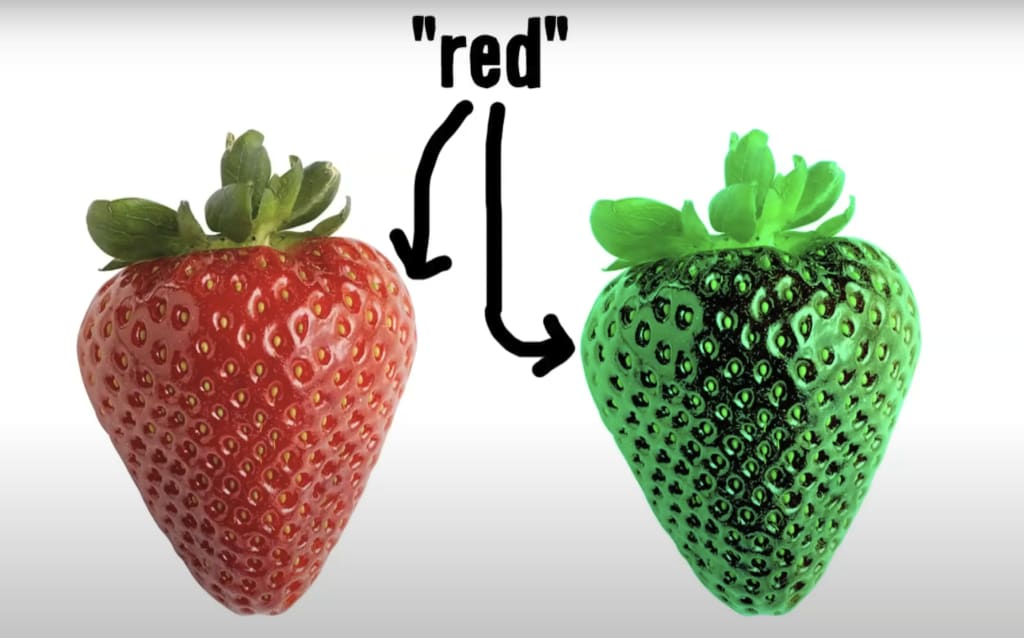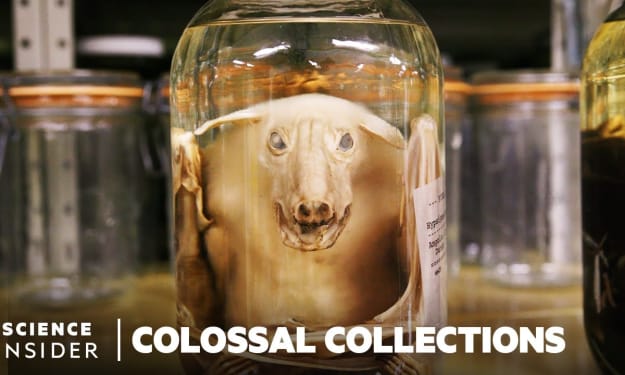
The perception of color is a fascinating phenomenon. While we may collectively agree that something appears blue, yellow, or green, the reality is that color is not an inherent property of the external world. Unlike gravity or protons, color is an illusion created within our minds. Our brains transform a specific range of the electromagnetic spectrum into the vivid array of colors we perceive. It's an intricate process that raises intriguing questions about the nature of our individual experiences.
Consider a simple scenario: two people looking at a strawberry. In one person's brain, the perception of the color red occurs, while the other person experiences a similar perception that they also label as "red." Despite both individuals using the same term, the internal experiences may differ significantly. This highlights the subjective nature of our perceptions, a theme that extends beyond the realm of color.
We acknowledge that not everyone sees colors in the same way; color blindness is a clear example of this diversity. However, what if there are subtle variations in how individuals perceive colors even within the bounds of normal vision? Could there be unique ways of seeing that influence how colors manifest in our minds, without affecting our performance on conventional tests?
This exploration becomes significant when we recognize the profound solitude of our internal experiences. Imagine encountering an extraterrestrial being fluent in English but incapable of experiencing pain. Despite providing comprehensive explanations of pain mechanisms, the alien could never truly grasp the raw feeling of pain. Philosophers term these ineffable, raw feelings as "Qualia," and the inability to bridge the gap between physical phenomena and these internal experiences is known as the "Explanatory Gap."
To illustrate this, consider the perspective of someone blind from birth, such as Tommy Edison, who shares his experiences on a YouTube channel. Describing colors to him becomes an exercise in abstraction, as sighted individuals resort to analogies like associating red with "hot" and blue with "cold." Yet, conveying the essence of color remains elusive to someone who has never perceived it.
Philosopher Daniel Dennett suggests that the private and ineffable nature of qualia might result from limitations in our language. He proposes the intriguing idea that an alien race could communicate in a way that induces color experiences directly in our minds, bypassing the need for retinal involvement. Perhaps, with the right use of language, we could articulate colors in such detail that a blind person might visualize them for the first time.
Currently, the "Explanatory Gap" persists, leaving us uncertain about the equivalence of our subjective experiences. Language might evolve to facilitate a shared understanding of internal experiences, or it might forever remain a mystery. Despite the frustration of lacking a definitive answer, the mere ability to question and discuss internal experiences is a remarkable and distinctly human aspect.
Comparing humans to other animals, we observe various shared cognitive abilities, such as tool use, problem-solving, communication, cooperation, and even signs of emotions. Apes, for instance, can use sign language at a level comparable to a 2.5-year-old human child. However, a notable distinction emerges: no signing ape has ever posed a question. This absence suggests a lack of a "Theory of Mind," an understanding that others possess separate minds with unique knowledge.
Similarly, humans aren't born with a "theory of mind," as demonstrated by the "Sally-Anne" test, where young children struggle to recognize that someone else's mental representation of a situation may differ from their own. Apes using sign language exhibit a similar limitation by not inquiring about unknown information.
In essence, we navigate the world alone in our perceptions, unable to fully share the depth of our internal experiences. While we may collectively appreciate the taste of chocolate, the intricacies of individual sensory experiences remain elusive. We can ask questions, fostering curiosity and humanity's unique ability to ponder the mysteries of qualia. So, in our pursuit of understanding, let's stay human, stay curious, and embrace the vast unknowns that make our existence truly extraordinary. And, as always, thank you for engaging in this exploration with us.
About the Creator
Quint
Welcome to my corner on Vocal.media! I'm a passionate writer sharing engaging stories and unique perspectives. Explore cultures, arts, sciences, and everyday moments with me through concise and intriguing articles. Enjoy the reads!






Comments (1)
it's well-written and full of valuable information.